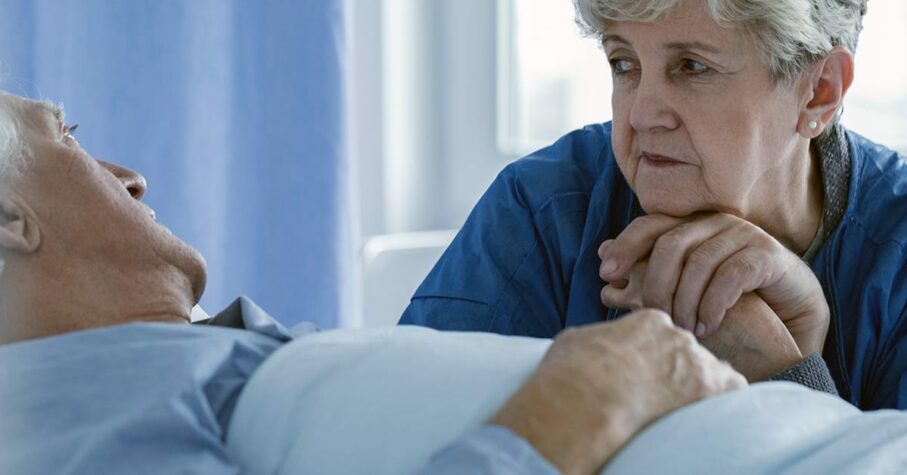
By Wanda Morris | National Post
As a culture, we’ve increasingly sanitized death. It happens out of sight — in hospitals, hospices and care homes. When it comes into our lives through shows and movies, it is abrupt and violent, or a soft transition from now to the hereafter, with soft music playing in the background.
The reality of death, with its breathlessness or air hunger, open sores, and alternating periods of pain and unconsciousness, is typically hidden from us. Family members loved ones and obituary readers are assured the patient died without suffering, a comfort that is too often a lie. Because we have so thoroughly separated death from our day-to-day lives, we aren’t ready to ease its attendant suffering, whether our own or our families’. More than half of us lack up-to-date wills, meaning we’ll pass confusion, delay and costs on to our would-be heirs. And far more of us become critically ill without writing an Advance Directive or naming a Substitute Decision Maker.
Our aversion to talking about death can mean we will spend a lot more time dying than we might wish. In the absence of clear direction and someone willing to advocate for our wishes, the default of our health-care system is typically to treat, treat and treat. Family members who cannot come to grips with the impending death of a loved one may demand resuscitation attempts that are tortuous for the patient and soul destroying for the staff. It needn’t be so. Short of an emergency, there is not a single diagnostic, exam or procedure that can be done without informed consent from us or our substitute decision makers. This plays out in ways big and small. We can refuse chemotherapy — or give it a go, then change our mind. We can stop dialysis. We can decline surgery.
Less-invasive procedures are often automatic, but we can still assert our right so that we, or our loved ones, don’t needlessly endure blood pressure cuffs or needles and aren’t woken up to have our pulse taken or temperature measured. Health-care professionals have heard too many patients say, “If I knew then what I know now, I would never have agreed to that treatment.” But we don’t know. We’ve typically spent our lives shielded from the realities of death and dying, and Hollywood has stoked our unrealistic expectations of post-surgical recoveries.
According to a 2017 study from The BMJ, “Television portrayal of rapid functional recovery after major injury may cultivate false expectations among patients and their families.” It needn’t be this way. We can read about the reality of death in books such as Sherwin Nuland’s How We Die: Reflections Of Life’s Final Chapter. We can watch videos of actual procedures so we know that inserting a feeding tube isn’t a minor tweak, but an effort that puts a tube into our stomach by threading it through our nose. Or we can learn the actual likelihood of returning home after major surgery.
Planning for death will not just help us die better; it will help us live better, too.
Years ago, I served as a Lay Chaplain for the Unitarian Church. I provided rituals for important life events, colloquially called hatchings, matchings and dispatchings. While I loved baby-naming ceremonies and weddings, my biggest satisfaction was to create and officiate at celebrations of life. I was rewarded by the appreciation of families and friends for a memorial service that was not merely a formula with “insert name here” but a unique ceremony that honoured the life and values of the deceased. And when I would take my leave, I would be struck anew with gratitude for the beauty of my surroundings, love for my own family and friends, and a rare perspective on what really mattered in my life.
A tapestry needs dark colours to set off those that are light and bright. And so it is with death and dying. By walling away death, we spare ourselves some discomfort, but we suffer a greater loss. Not only do we lose the chance to ease our dying, but we miss out on appreciating our lives in a way that only death can teach us.







